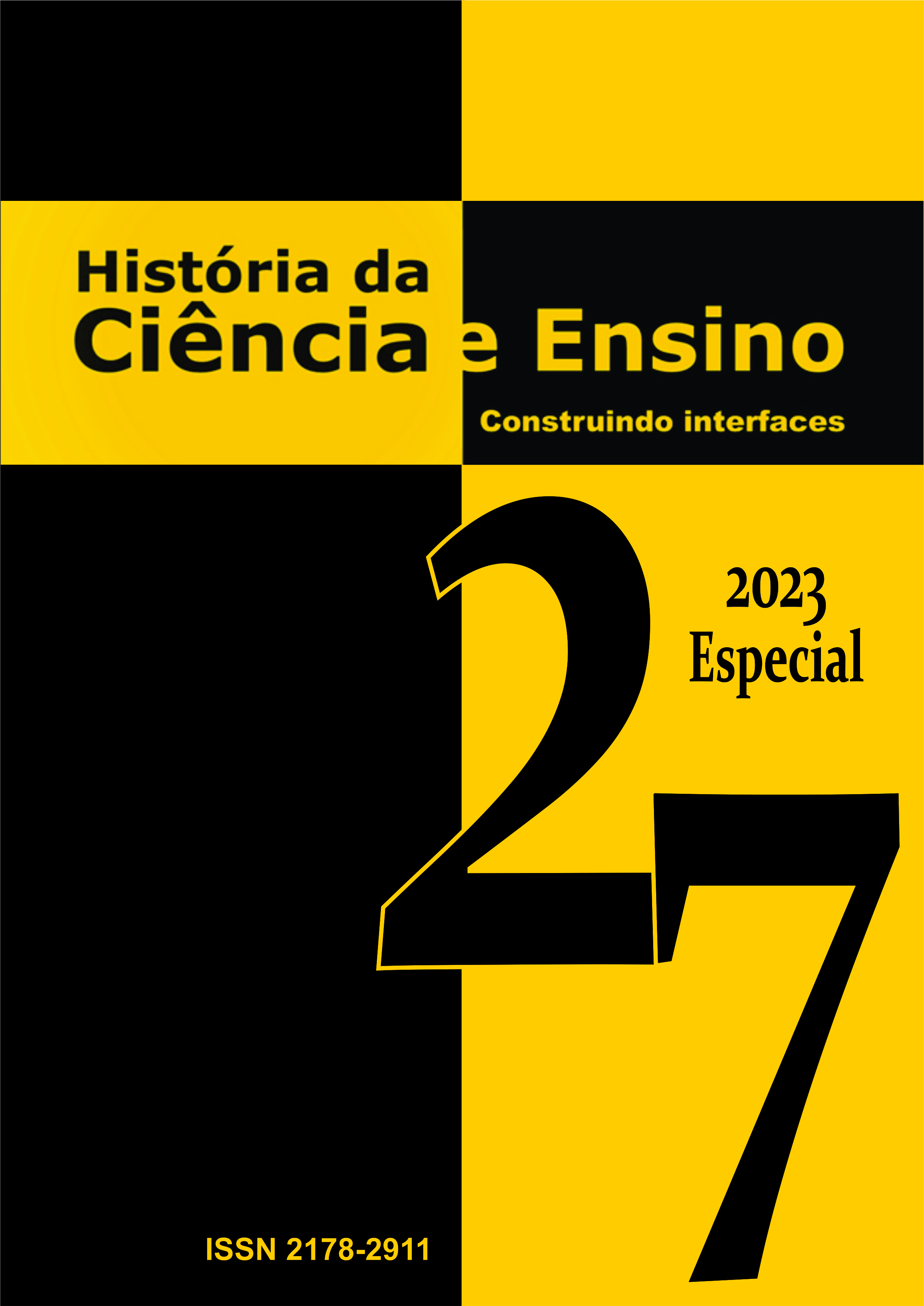Investigação científica em rede de Portugal para a Europa: o caso da descoberta da cinchonina (1810)
DOI:
https://doi.org/10.23925/2178-2911.2023v27espp407-420Keywords:
cinchonina; Bernardino António Gomes (1768-1823); história da farmácia;Abstract
The isolation of active principles from plants became widespread in the 19th century. Scientists from different countries have contributed to this field of chemistry. Among the drugs of vegetable origin subject to chemical studies, cinchona bark (a bark obtained from several species of the genus Cinchona) stands out. This antimalarial bark was widely used in the treatment of many types of fever, such as intermittent fevers. In Portugal, cinchona bark was of great interest, and the Portuguese government sought therapeutic alternatives within its territory.
This article aims to discuss cinchonine’s isolation from cinchona bark in Portugal, and its relevance for quinine’s isolation in France. The teaching of this milestone of Portuguese science exemplifies a case in which a Portuguese scientist influenced science carried out outside the country. Doctor Bernardino António Gomes (1768-1823) became involved in cinchona bark’s research, carrying out comparative chemical analyzes between cinchona bark and potential vegetable substitutes from Brazil. This chemical study was accompanied by clinical use of these barks. Gomes’ investigation resulted in the isolation of the first cinchona bark alkaloid, cinchonine, in 1810.
Gomes’ study was known across borders, mainly in France, and cited in several foreign publications. Inspired by Gomes’ research, the French pharmacists Joseph Pelletier (1788–1842) and Joseph-Bienaimé Caventou (1795–1877) analyzed various types of cinchona bark, using a very similar method to that of Gomes. Cinchona bark’s chemical study by these French scientists resulted in the isolation of quinine, an antimalarial substance that ended up replacing cinchona bark in clinical practice.


